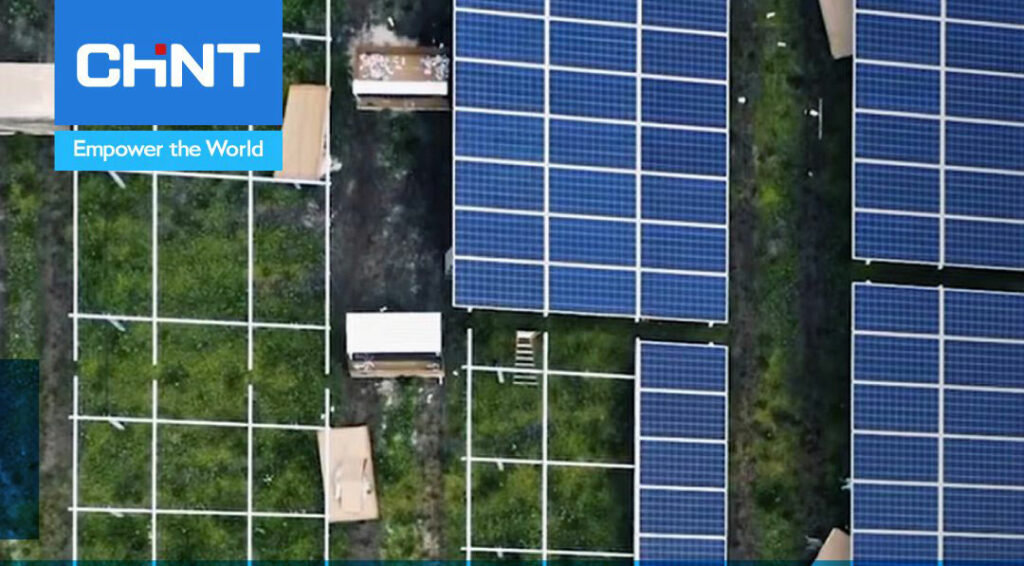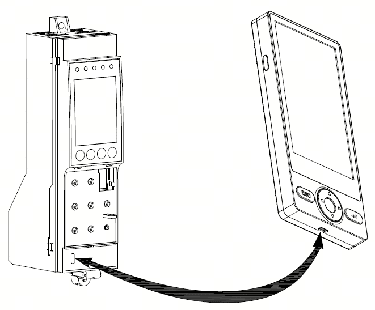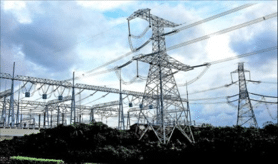Table of Contents
In 2022, the thin film solar panels market had already exceeded $2 billion, which is expected to double by 2030. A range of factors, including an increase in energy demand and consumption, a rise in the cost of grid energy, and enhancements in solar PV capacity, all contribute to the rise of renewable energy usage.
Moreover, the technological advancements in manufacturing thin-film solar panels are reducing costs and adding to their popularity. So, when considering a portable, residential or commercial solar power system, you are bound to have come across this solar technology.
But all the options available can make things confusing. Moreover, finding cost-effective, reliable, and efficient components for your solar power system in one place isn’t easy.
What are Thin Film Solar Panels?
Thin-film solar panels are thin layers of photovoltaic (PV) materials that convert sunlight into electricity. These layers are usually only a few micrometers thick. They can be applied to various substrates, such as glass, plastic or metal, making them ideal for limited-space applications.
Thin-film solar panels are much lighter and more flexible than traditional crystalline silicon solar panels, allowing for easier installation in various locations. They are also much less expensive, making them an attractive option for cost-conscious consumers looking to use renewable energy sources.
Unlike traditional PV panels, which are exclusively made by using silicon wafers, thin-film solar panels are made through the use of different materials such as Amorphous silicon (a-Si), cadmium telluride (CdTe), gallium arsenide (GaAs) and copper indium gallium selenide (CIGS).
However, in terms of how they work, thin-film solar panels are no different from their traditional counterparts. Like silicon wafers, the semiconductor material layered on top of the substrate uses the photovoltaic effect to convert light energy into electrical energy.
One of the primary reasons for the growing popularity of flexible thin film solar panels is the ease with which they can be manufactured. Lower costs equate to a cost-effective solution for clients/users and increased turnover and sales, and higher profits for manufacturers and sellers.
Thus far, in the United States and Europe, thin film solar technology has limited availability and is primarily used in commercial applications. These lightweight modules have also succeeded in portable solar power products and solutions.
Related Article: How do Solar Panels Work?
How Thin Film Solar Cells are Made?
Of the 3 types of solar PV panels, thin film solar cells are the fastest and easiest to manufacture, hence the most cost-effective. Every panel in the solar module comprises 3 layers:
The substrate or the first layer
The base of the panel is usually a sheet of glass, metal, or polyamide. Of these, aluminum is a more popular choice given its conductive properties and lightweight. The use of a metal substrate not only improves conductivity but also prevents the loss of electricity.
The semiconductor layer
As we’ve discussed, different types of semiconductors can be used to achieve the photovoltaic effect in a thin-film solar panel. It’s this layer that actually absorbs light energy and converts it to electrical energy.
The top/protective layer
Glass or polyamide is used to make the transparent top layer of the cell that allows light to penetrate the top of the panel and get to the semiconductor. Also, this layer protects the semiconductor film.
Typically, a process known as chemical vapor deposition is used to coat the substrate with the semiconductor. So, the material cost for these thin-film solar cells is considerably lower than that of traditional crystalline silicon solar cells. As far as the semiconductor material goes, the available options include:
Amorphous silicon (a-Si)
A thin film of non-crystalline silicon is used as the semiconductor layer in these thin-film cells. Because just 1% of the silicon used to make crystalline cells is required to coat the substrate in this form of solar power technology, manufacturing costs are significantly lower.
However, these cells have the lowest efficiency of all thin-film solar panels, hence they are most suitable for small applications.
Cadmium telluride (CdTe)
This is the most frequently used semiconductor in thin-film solar panel manufacturing. While they offer fairly good efficiency rates, the big problem with these cells is that the cadmium used in the manufacturing process is a highly toxic material and the tellurium required for telluride is extremely rare.
Copper indium (gallium) diselenide (CIS or CIGS)
A total of 4 layers, each of 4 different materials, are placed one on top of the other to create the semiconductor thin film on the substrate. Copper, indium, gallium, and selenide are all used in the construction of this combined layer.
The only reason they aren’t more widely used is because of their manufacturing costs which are higher than that of the other types of thin-film solar panels. But, it’s still lower than the manufacturing costs of crystalline silicon wafers.
In addition to these, organic photovoltaic materials as well as gallium arsenide are now being used to manufacture thin-film solar panels. But these have limited applications owing to various reasons. Also, these technologies are still in the nascent stages.
How Efficient Are Solar Thin-Film Cells?
Although all semiconductors used in the manufacture of thin film solar technology are very good at absorbing light energy, these panels have considerably lower efficiency rates as compared to traditional silicon panels.
So their power capacity is lower than even that of polycrystalline silicon modules. The overall efficiency of this solar power technology is in the range of 6% to 18%. However, there are wide variations in the actual efficiency ranges offered by thin-film solar modules based on the photovoltaic material used. Here is what each type of semiconductor offers:
- Amorphous silicon (a-Si) panels: This solar power technology provides efficiency rates of just 6% to 8%.
- Cadmium telluride (CdTe) panels: They provide an efficiency range of 9%-11%. However, recent improvements in this technology have led to test efficiency rates of up to 18.5%.
- Copper indium (gallium) diselenide (CIS or CIGS: This type of thin film solar panel offers the highest efficiency rates at 10% to 12%. In fact, they have reached efficiency rates of more than 18% in the field and over 21% in tests.
As far as other thin-film solar panels go, gallium arsenide has shown the highest efficiency rates at 30% while organic photovoltaic (OPV) panels have displayed an average efficiency rate of slightly above 18%.
So aside from gallium arsenide, all other types of photovoltaic material used in thin film solar technology offer significantly lower efficiency rates than crystalline silicon panels that provide efficiency rates of 20% and above. For instance, Chint Global 330W-335W solar panels offer consistent efficiency rates of 18.9% to 19.8% while their 335W – 350W panels offer an efficiency range of 19.8% to 20.6%.
These monocrystalline panels are far more efficient than commercially available thin film solar panels. Actually, the lower efficiency is one of the primary reasons for the limited application and use of this technology.
How Do Flexible Thin Film Solar Panels React To Elevated Temperatures?
As far as the temperature coefficient and nominal operating module temperature (NMOT) are concerned, thin film solar panels certainly perform better than crystalline silicon products.
While the latter offers greater efficiency, this quickly deteriorates when the module is exposed to high heat conditions. The loss can be as much as -0.5% to -1% for every degree of increase in temperature.
Generally, the nominal operating temperature of polycrystalline modules is around 25 degrees Celsius. The monocrystalline panels from Chint global offer a higher NMOT of 44 degrees Celsius. Hence their performance is far better than that of competing polycrystalline products and even many monocrystalline panels. Moreover, Chint Global 445W-455W solar panels also have a temperature coefficient that is on the lower side at -0.28% to -0.35%.
However, thin film solar panels outperform even the best crystalline modules in terms of both NOMT as well as temperature coefficient.
Moreover, the thinness of the photovoltaic layer in these cells and the fact that the material is deposited over a larger module area allows the top glass or polyamide layer to provide greater protection from moisture.
Finally, the semiconductors used in these second-generation cells have superior light absorption properties. So, shade or varying light conditions do not degrade the performance of these cells as much as they do of crystalline silicon panels.
What Are The Advantages of Choosing Thin Film Solar Panels?
Although its lower efficiency has kept this solar power technology from gaining as much traction the world over as its silicon crystalline cousins, thin film solar panels have numerous benefits that make them exceptionally well suited for certain applications. These benefits include:
- Low manufacturing costs: The overhead and material costs of manufacturing flexible thin film solar panels is considerably lower than the production cost of both polycrystalline and monocrystalline modules. So, these panels are the right fit for large-scale commercial projects as well as solar fields.
- Lower carbon footprint: The limited use of silicon in this form of solar power technology means that these panels have a lower environmental footprint than traditional products.
- Flexibility: Since these panels aren’t as rigid as regular silicon crystalline modules, they offer greater versatility in terms of usage.
- Lightweight and easy to install: The thin width of the panels and their lighter weight make them ideal for portable applications as well as for use in areas where the roof isn’t strong enough to sustain the weight of silicon panels nor their deep shackling requirements.
- Higher operating temperature: Because the performance of thin-film solar panels does not degrade as much as that of silicon crystalline cells when exposed to higher-than-normal operating temperatures, the second-generation cells are perfect for areas where summers get very hot.
- Resistant to shading: These cells also perform exceptionally well in applications where shade or continuous direct light exposure issues. In fact, this property of thin film solar panels makes them particularly well suited for the residential market.
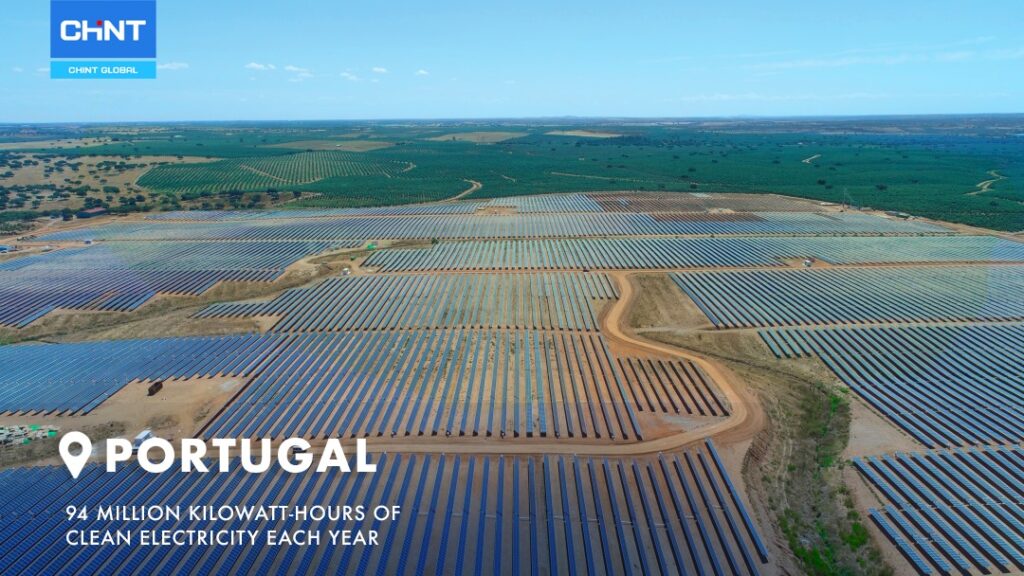
How Long Do Thin Film Solar Panels Last?
Aside from the low-efficiency rate of thin film solar panels, another problem encountered with this solar power technology is its lower lifespan.
On average, polycrystalline silicon panels have a lifespan of around 25 years while monocrystalline silicon panels have an average lifespan of 30%. Depending on the quality of the product, and operating environment, the output and efficiency of the panels will take a hit of around 1% each year.
However, when you buy monocrystalline silicon panels from a reputable manufacturer like Chint Global, you get a product that is backed by a 12-year warranty for materials and processing, which means operating environment-related degradation won’t be as much of a problem. Also, the company’s products, including its 405W-420W panels, come with a 25-year warranty on the extra linear power output.
Now, compare this with the lifespan of thin film cells which is a mere 10-20 years. So, the average lifespan of these products is about half of what you’d get from a top-notch monocrystalline solar panel.
Yet, given the considerably lower manufacturing cost, thin film solar cells have the fastest payback time. In other words, what you spend on these panels can be recovered in less than 8 years. Compare this to the payback time of poly and mono cells which stands at 10 plus years.
How To Choose The Right Thin-Film Solar Panel For You?
There are several factors that you should consider when choosing the right thin-film solar panels for residential, industrial, portable or commercial applications.
Space availability: The lower the efficiency of the thin-film solar technology the higher will the space requirement for its application. For example, a 5Kwh solar system would require 16-17 units of a product like Chint Global 355W-365W monocrystalline PV panel. That’s because you get an efficiency rate of nearly 20% from it.
However, if you were to choose CdTe thin-film solar panels that provide an efficiency rate of around 10%, you would need twice as many panels to generate the same amount of electricity. So how much space you have should be one of the first things to consider if you want to opt for thin film solar panels.
Budget
If you are looking for the lowest priced option, amorphous silicon thin film solar panels are the most affordable. However, given their higher space requirement, most homes do not have enough room to install the high number of panels that would be needed to power all the appliances in the household.
Having said that, if you are looking for the most affordable thin film solar panels for portable applications, amorphous silicon will prove to be the best deal in the market. But, if you want to strike a balance between efficiency and affordability, opt for CdTe thin film solar panels. If price is not a constraint, go for the CIS or CIGS cells.
Product quality
One of the most important considerations when buying PV solar panels or any component of a solar power system is product quality. The panels and the system will only prove cost-effective if they provide at least 8 to 10 years of glitch-free service. And that will prove to be a very long and cumbersome period if you are dealing with poor-quality products.
Reliability and warranty
Finally, constant exposure to extreme environmental conditions means that while failures are not common when it comes to solar panels, they are possible. And when a panel gives way, you will need manufacturer support. So, it is imperative to choose a reputable manufacturer that sticks to its terms of guarantee and warranty. Hence, always look for client reviews pertaining to the quality of customer service before you make your purchase.
Conclusion
Undoubtedly, thin film solar panels offer distinctive benefits when used in certain applications. In fact, it would be safe to say that flexible thin film solar panels often work in areas and applications where traditional crystalline solar modules cannot be used or fail to deliver.
Also, thin-film solar panels offer reliable and affordable performance, which makes them particularly suitable if the price of the solar power system is a deterrent. In terms of technology, several recent advancements promise to put the efficiency and performance of these panels at par with silicon crystalline products.
And leading manufacturers like Chint Global are always tapping into such recent innovations to improve the quality and functionality of their products. So, whether you need high-performance monocrystalline PV panels or thin film solar panels, or any other solar power system component, visit the website of Chint Global.
FAQ about Thin-film Solar Panels
Thin-film solar panels are commonly used in large-scale applications such as commercial buildings, solar farms, and utility-scale power plants. They can also be used in residential applications for areas with limited space.
Thin-film solar panels are generally less expensive than traditional crystalline silicon solar panels. However, their efficiency is lower, so they may not be the best choice for all applications.
Whether or not to buy thin-film solar panels depends on your specific situation and needs. They can be a good choice for areas with limited space or for large-scale installations, but their lower efficiency may make them less suitable for residential installations with ample roof space. It’s best to consult with a solar panel expert to determine the best option for your situation.
Thin film solar panels typically cost less than traditional crystalline silicon panels, with prices ranging from around $0.50 to $0.80 per watt. However, the lower efficiency of thin film panels means that you may need to install more of them to generate the same amount of power as a smaller number of crystalline silicon panels, which can impact the overall cost of your solar energy system.
Recommend Reading
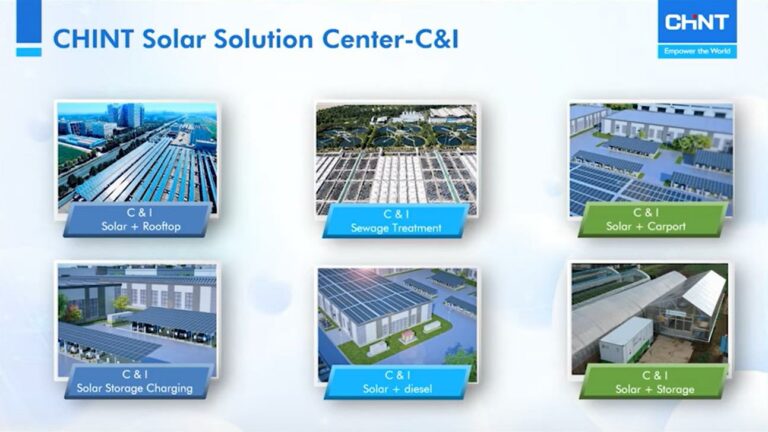
How Much Electricity Does A Solar Panel Produce?
Table of Contents Homeowners can choose to complement the electricity provided by the utility grid with solar energy to minimize energy costs. They can also
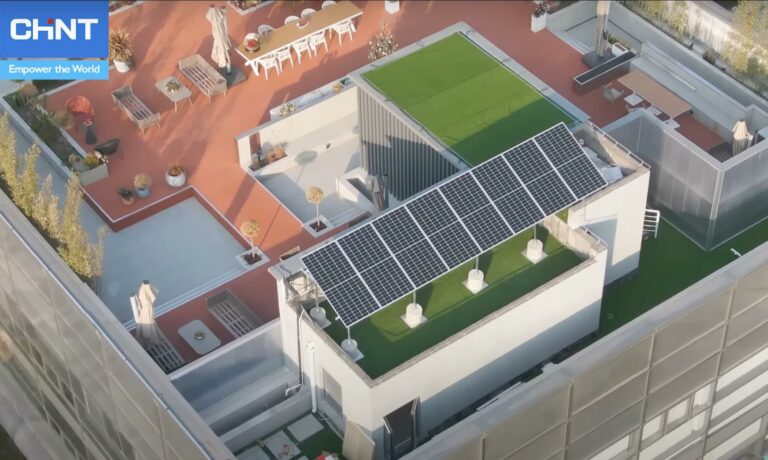
Benefits of Cleaning Solar Panels
Table of Contents Cleaning solar panels is just as important as how they were installed. Solar panels are composed of various materials, some of which

